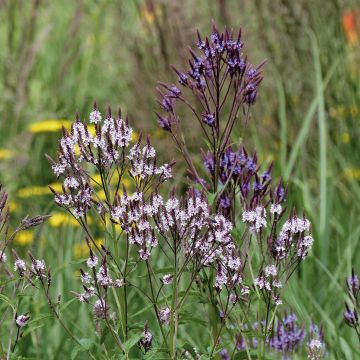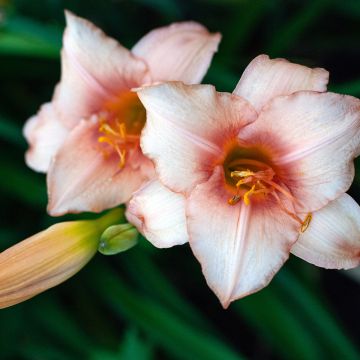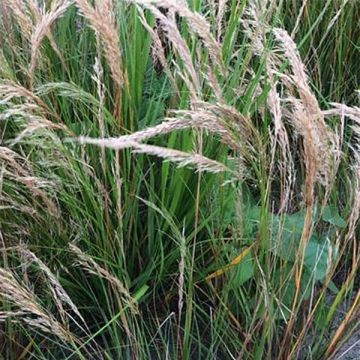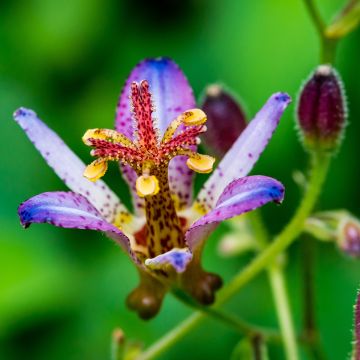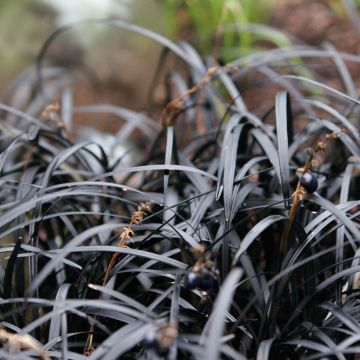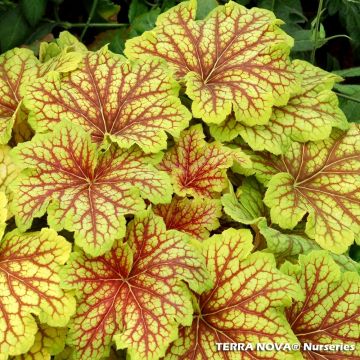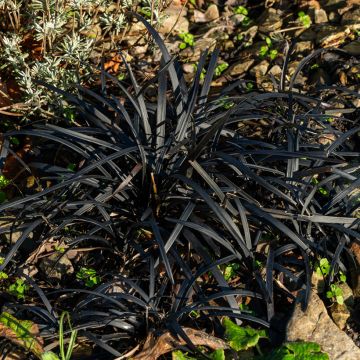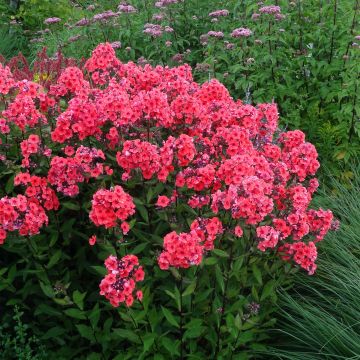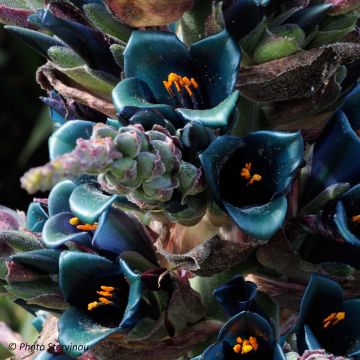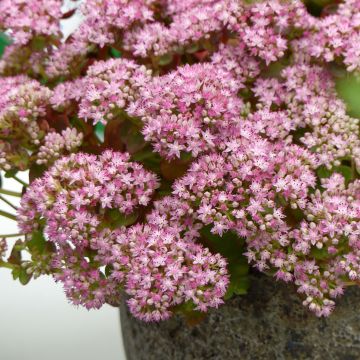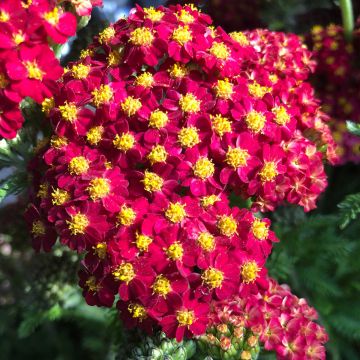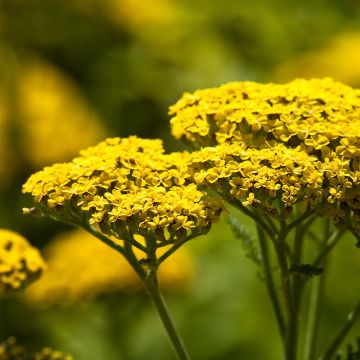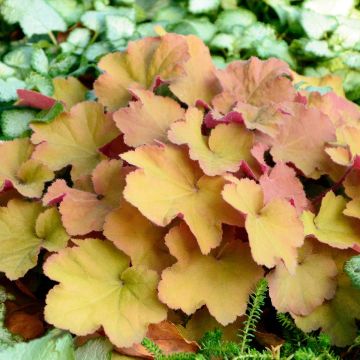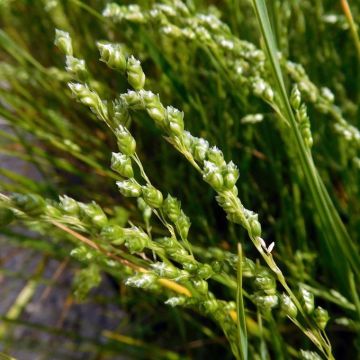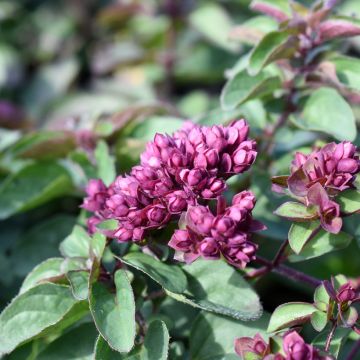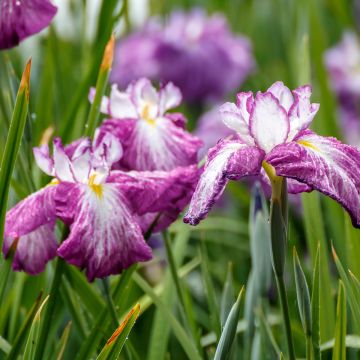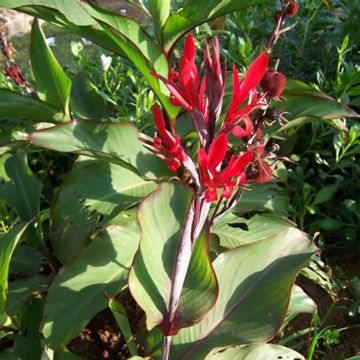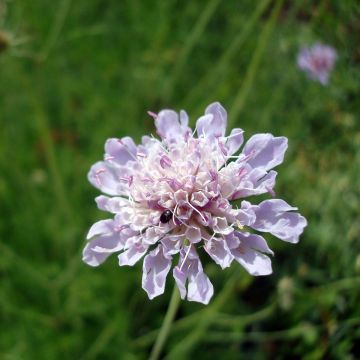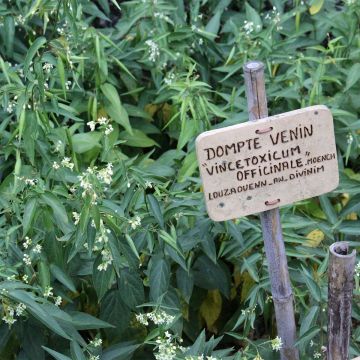Plantfit
Log in / Register
Existing customer?
New customer?
Create an account to track your orders, access our customer service and, if you wish, make the most of our upcoming offers.
My Account
Hello
Shipping country and language
Your country of residence may be:
For a better user experience on our website, you can select:
Your shipping country:
Andorra
Austria
Belgium
Bulgaria
Croatia
Czechia
Denmark
Estonia
Finland
France
Germany
Greece
Hungary
Iceland
Ireland
Italy
Latvia
Lithuania
Luxembourg
Monaco
Netherlands
Poland
Portugal
Romania
Slovakia
Slovenia
Spain
Sweden
Switzerland
Language:
French
English
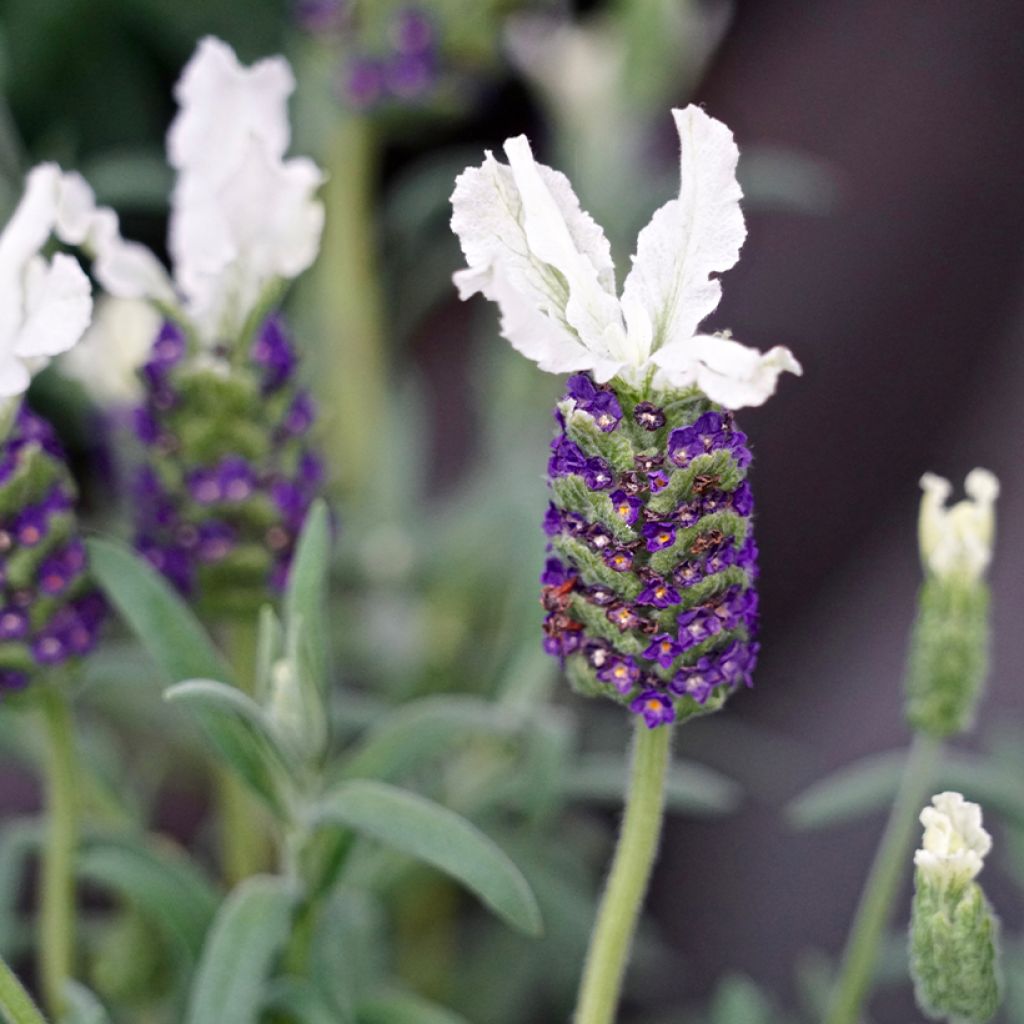

Lavandula stoechas Bandera White - French Lavender
Lavandula stoechas Bandera White - French Lavender
Lavandula stoechas Bandera White
French Lavender, Cassidony, Spanish Lavender, Butterfly Lavender
Order in the next for dispatch today!
Dispatch by letter from €3.90.
Delivery charge from €5.90 Oversize package delivery charge from €6.90.
More information
This item is not available in your country.
Select delivery date,
and select date in basket
This plant carries a 12 months recovery warranty
More information
We guarantee the quality of our plants for a full growing cycle, and will replace at our expense any plant that fails to recover under normal climatic and planting conditions.
From €5.90 for pickup delivery and €6.90 for home delivery
Express home delivery from €8.90.
From €5.90 for pickup delivery and €6.90 for home delivery
Express home delivery from €8.90.
Does this plant fit my garden?
Set up your Plantfit profile →
Description
Lavandula stoechas 'Bandera White' is a variation of French lavender with white flowers. Very compact, this lavender is covered in spring and throughout summer with numerous spikes of green flowers topped with bracts resembling spreading butterfly wings in pure white. It forms a small, dense and rounded shrub, covered with narrow, aromatic leaves with a pine fragrance. Moderately hardy, this plant prefers slightly acidic and well-drained soils, and a sunny exposure.
French lavender, Lavandula stoechas, is a plant native to the western Mediterranean basin. It is an evergreen shrub that blooms in spring. Belonging to the Lamiaceae family, this plant is aromatic, but less used in perfumery due to its resinous aroma. The Lavandula 'Bandera White' variety forms a very compact shrub, with dense vegetation, reaching a height and width of 30 cm (12in). Its quadrangular stems bear narrow and downy, grey-green leaves with fringed edges and a pine fragrance. In spring, a dense, short-stalked, thick and square-shaped spike forms, carrying tiny flowers, at the end of each stem. This spike is crowned with several large white petal-like bracts, resembling butterfly wings. They are frequently visited by pollinating insects, especially bees. It is a nectariferous and melliferous plant.
Unlike most other lavenders, this French lavender needs to be planted in soil that is in low limestone. It needs to be protected from frost, especially when young. It is planted in full sun in a well-drained (even dry and rocky) soil. In sunny and warm locations, its silver foliage shines and its flowers emit an intense fragrance. An ornamental and Mediterranean plant par excellence, it can be used in borders, in rock gardens, or in containers. Its beautiful white flowers makes it irresistible in a white garden, alongside white yarrows, white Delospermas Wheels of Wonder, and Gauras. It can also be grown in pots, on the patio or balcony.
Properties: Lavender being a very melliferous plant, contributes to the conservation of pollinators: the nectar of its flower attracts bees, making it one of the most renowned honey plants.
Flowering
Foliage
Plant habit
Botanical data
Lavandula
stoechas
Bandera White
Lamiaceae
French Lavender, Cassidony, Spanish Lavender, Butterfly Lavender
Cultivar or hybrid
Planting and care
In nature, Lavandula stoechas always lives in poor and siliceous, dry, arid, perfectly drained environments. It hates summer watering with hard water, which makes it sick and causes it to disappear. It is very sensitive to diseases caused by the combination of heat and water. Not very resistant to strong frosts, to -10/-12°C (14/10.4°F), in cooler regions it is recommended to grow this plant it in a raised bed, in front of a south or west-facing wall, and in a pot for wintering. It is very suitable for pot cultivation.
In winter, it absolutely needs perfect drainage, and in summer, it needs to be kept dry. This lavender will age better in poor soil, as its growth will be slower, and it will be less likely to become bare at the base. To limit this phenomenon, prune it from a young age, after flowering or in autumn, just above the first buds that can be seen on the wood. Lavenders never sprout from old wood. The clump will therefore become more and more branched, remaining compact, eventually forming beautiful dense cushions. Plant this lavender in non-calcareous gravel, coarse sand, but definitely no potting soil or fertiliser. When pruning, after flowering, do not throw away the faded flowers, but collect them to make sachets that will delicately perfume wardrobes and also make excellent moth repellents. Make dried bouquets by harvesting freshly bloomed lavender flowers and let them dry, upside down, in a dry and ventilated place.
Planting period
Intended location
Care
This item has not been reviewed yet - be the first to leave a review about it.
Summer flowering perennials
Haven't found what you were looking for?
Hardiness is the lowest winter temperature a plant can endure without suffering serious damage or even dying. However, hardiness is affected by location (a sheltered area, such as a patio), protection (winter cover) and soil type (hardiness is improved by well-drained soil).

Photo Sharing Terms & Conditions
In order to encourage gardeners to interact and share their experiences, Promesse de fleurs offers various media enabling content to be uploaded onto its Site - in particular via the ‘Photo sharing’ module.
The User agrees to refrain from:
- Posting any content that is illegal, prejudicial, insulting, racist, inciteful to hatred, revisionist, contrary to public decency, that infringes on privacy or on the privacy rights of third parties, in particular the publicity rights of persons and goods, intellectual property rights, or the right to privacy.
- Submitting content on behalf of a third party;
- Impersonate the identity of a third party and/or publish any personal information about a third party;
In general, the User undertakes to refrain from any unethical behaviour.
All Content (in particular text, comments, files, images, photos, videos, creative works, etc.), which may be subject to property or intellectual property rights, image or other private rights, shall remain the property of the User, subject to the limited rights granted by the terms of the licence granted by Promesse de fleurs as stated below. Users are at liberty to publish or not to publish such Content on the Site, notably via the ‘Photo Sharing’ facility, and accept that this Content shall be made public and freely accessible, notably on the Internet.
Users further acknowledge, undertake to have ,and guarantee that they hold all necessary rights and permissions to publish such material on the Site, in particular with regard to the legislation in force pertaining to any privacy, property, intellectual property, image, or contractual rights, or rights of any other nature. By publishing such Content on the Site, Users acknowledge accepting full liability as publishers of the Content within the meaning of the law, and grant Promesse de fleurs, free of charge, an inclusive, worldwide licence for the said Content for the entire duration of its publication, including all reproduction, representation, up/downloading, displaying, performing, transmission, and storage rights.
Users also grant permission for their name to be linked to the Content and accept that this link may not always be made available.
By engaging in posting material, Users consent to their Content becoming automatically accessible on the Internet, in particular on other sites and/or blogs and/or web pages of the Promesse de fleurs site, including in particular social pages and the Promesse de fleurs catalogue.
Users may secure the removal of entrusted content free of charge by issuing a simple request via our contact form.
The flowering period indicated on our website applies to countries and regions located in USDA zone 8 (France, the United Kingdom, Ireland, the Netherlands, etc.)
It will vary according to where you live:
- In zones 9 to 10 (Italy, Spain, Greece, etc.), flowering will occur about 2 to 4 weeks earlier.
- In zones 6 to 7 (Germany, Poland, Slovenia, and lower mountainous regions), flowering will be delayed by 2 to 3 weeks.
- In zone 5 (Central Europe, Scandinavia), blooming will be delayed by 3 to 5 weeks.
In temperate climates, pruning of spring-flowering shrubs (forsythia, spireas, etc.) should be done just after flowering.
Pruning of summer-flowering shrubs (Indian Lilac, Perovskia, etc.) can be done in winter or spring.
In cold regions as well as with frost-sensitive plants, avoid pruning too early when severe frosts may still occur.
The planting period indicated on our website applies to countries and regions located in USDA zone 8 (France, United Kingdom, Ireland, Netherlands).
It will vary according to where you live:
- In Mediterranean zones (Marseille, Madrid, Milan, etc.), autumn and winter are the best planting periods.
- In continental zones (Strasbourg, Munich, Vienna, etc.), delay planting by 2 to 3 weeks in spring and bring it forward by 2 to 4 weeks in autumn.
- In mountainous regions (the Alps, Pyrenees, Carpathians, etc.), it is best to plant in late spring (May-June) or late summer (August-September).
The harvesting period indicated on our website applies to countries and regions in USDA zone 8 (France, England, Ireland, the Netherlands).
In colder areas (Scandinavia, Poland, Austria...) fruit and vegetable harvests are likely to be delayed by 3-4 weeks.
In warmer areas (Italy, Spain, Greece, etc.), harvesting will probably take place earlier, depending on weather conditions.
The sowing periods indicated on our website apply to countries and regions within USDA Zone 8 (France, UK, Ireland, Netherlands).
In colder areas (Scandinavia, Poland, Austria...), delay any outdoor sowing by 3-4 weeks, or sow under glass.
In warmer climes (Italy, Spain, Greece, etc.), bring outdoor sowing forward by a few weeks.
